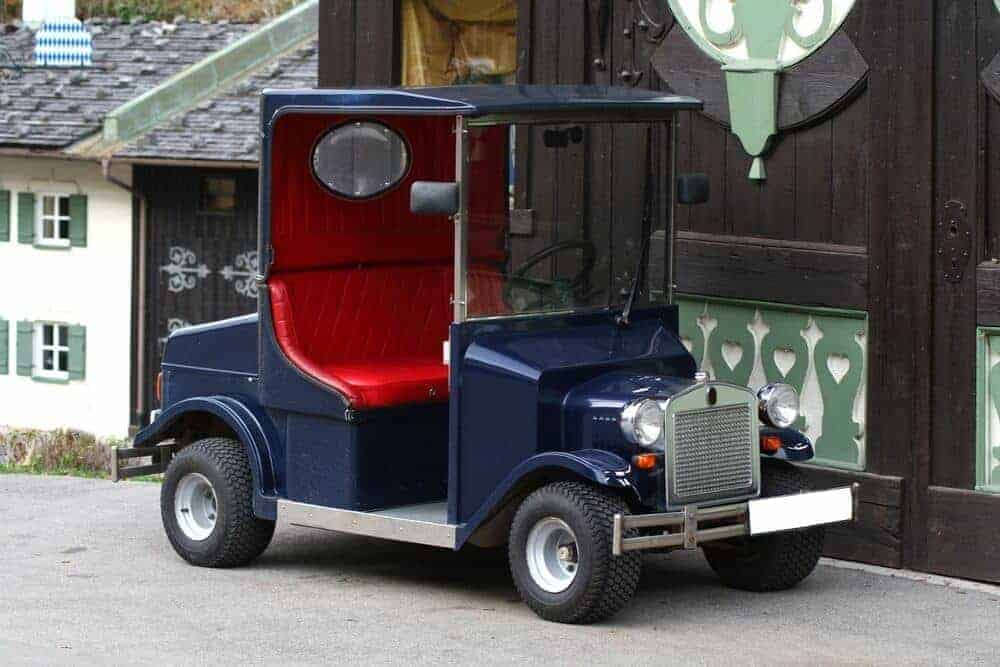
You may not have given much consideration to the golf cart you drive along the course. But these vehicles have a long and exciting history that dates back to the 1930s. As golf cart history nears a century, we thought it appropriate to discover where it all began.
However, early versions did not gain widespread acceptance. Their popularity did not begin to pick up until two decades later. It was the fifties when several manufacturers started to develop a wide variety of models. Through the years, these vehicles have undergone significant changes. Today, golfers from around the world enjoy the use of golf carts to carry them and their equipment from hole to hole in comfort and style. Golf Carts are a primary means of transportation in small, exclusive residential communities.
The modern sport of golf originated in Scotland in the 15th century. And for hundreds of years, the course was traditionally walked by golfers. Caddies carried Their clubs and equipment. Because tradition is an essential aspect of the game, very few changes occurred until the 20th century. At this time, the industrial revolution was in full swing and innovations that could make it easier for players began to be accepted.
One of the leading innovations in golf took place in 1932 when Lyman Beecher of Clearwater, Florida, invented a cart for golfers that was pulled by two caddies like a rickshaw. He used this cart at the Biltmore Forest Country Club in Asheville, North Carolina, because his health was poor, and he found it difficult to walk the hilly golf course.
Around the same time, John Keener (J.K.) Wadley, a businessman from Arkansas, noted that three-wheeled electric carts were being used in Los Angeles to transport the elderly to grocery stores. Mr Wadley is said to have purchased one of them for golfing.
Wadley’s use of the electric cart remained unknown to Beecher as he began work on a modified version of his original rickshaw-style cart. He added two wheels to the front and a battery-operated engine, but it was not very efficient and required a total of six car batteries to complete an 18-hole course.
Several other electric golf carts emerged in the 1930s and 1940s, but none of them was widely accepted. Elderly or disabled people who wanted to enjoy the sport found them useful. But most golfers remained happy walking the course with their caddies.
Post time: Feb-08-2022
